Have you ever eaten oysters on a warm summer day? Maybe you don’t eat oysters but have a favorite seafood dish you eat every summer at the Jersey Shore.
Increasing ocean acidification is harming these seafood specialties. To examine this problem, this September, SCH Oceanography students studied the effects of acid on ocean shells.
Ocean acidification occurs when there is an increase of CO2 in the atmosphere. This CO2 dissolves into ocean water and lowers its pH, making it more acidic. This increased acidity makes it harder for oysters to make their shells with calcium carbonate. As a result, these oysters’ shells are weaker and more susceptible to predation and environmental harm.
To better understand the impact of CO2 oceanography students placed shells into a mixture of vinegar and water and left them to sit for one week. Before placing the shells in the liquid, the students recorded the pH of the solution and the mass and length of each shell. After one week had passed, they recorded the final pH of the solution and the mass and length of each shell. The average shell mass had decreased from 26.70g to 25.01g, showing evidence of shell erosion.
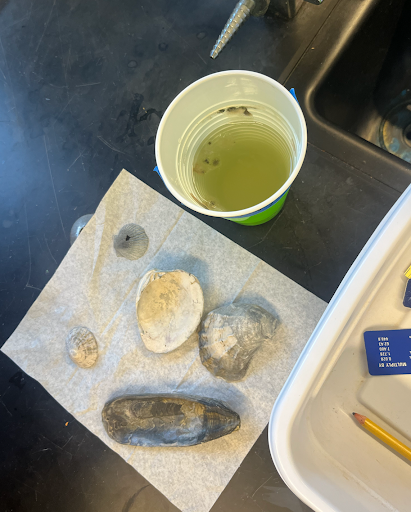
Results showed an increase in pH from 4 to 7 revealing an increase in alkalinity in the solution. This can be explained by the fact that there was a loss of calcium carbonate (an alkaline substance) from the shells that dispersed into the liquid, therefore increasing the pH of the liquid and making it more basic.
These results are comparable to the effects of acidic ocean water on oysters. The vinegar and water solution simulated what happens when more CO2 is dissolved into ocean water. Oyster shells erode, and this leads to further harm.
Oysters are crucial to the health of the ocean. They are filter feeders, meaning that they feed on detritus and clean the water by doing this. They are able to filter 25-50 gallons of water per day, which proves their existence is crucial to the health of ocean waters.
This problem not only affects our environment and the health of the ocean, but it also hurts oyster growers. These growers are struggling to produce oysters for human consumption.
To solve this problem, humans need to limit the amount of CO2 they are releasing into the atmosphere. You can help out by lowering your carbon footprint. Some ways to do this are choosing to drive an electric car, taking public transportation, limiting the amount of products you buy, or choosing to buy products with minimal waste.
The health of the oysters is truly in everyone’s hands. We can save these seafood specialties by making small changes in our lives. This will protect them so that they can live healthily and so that we can enjoy their delicious taste for many more summers to come.
The study will continue during the class’s upcoming trip to Island Beach State Park on October 17.

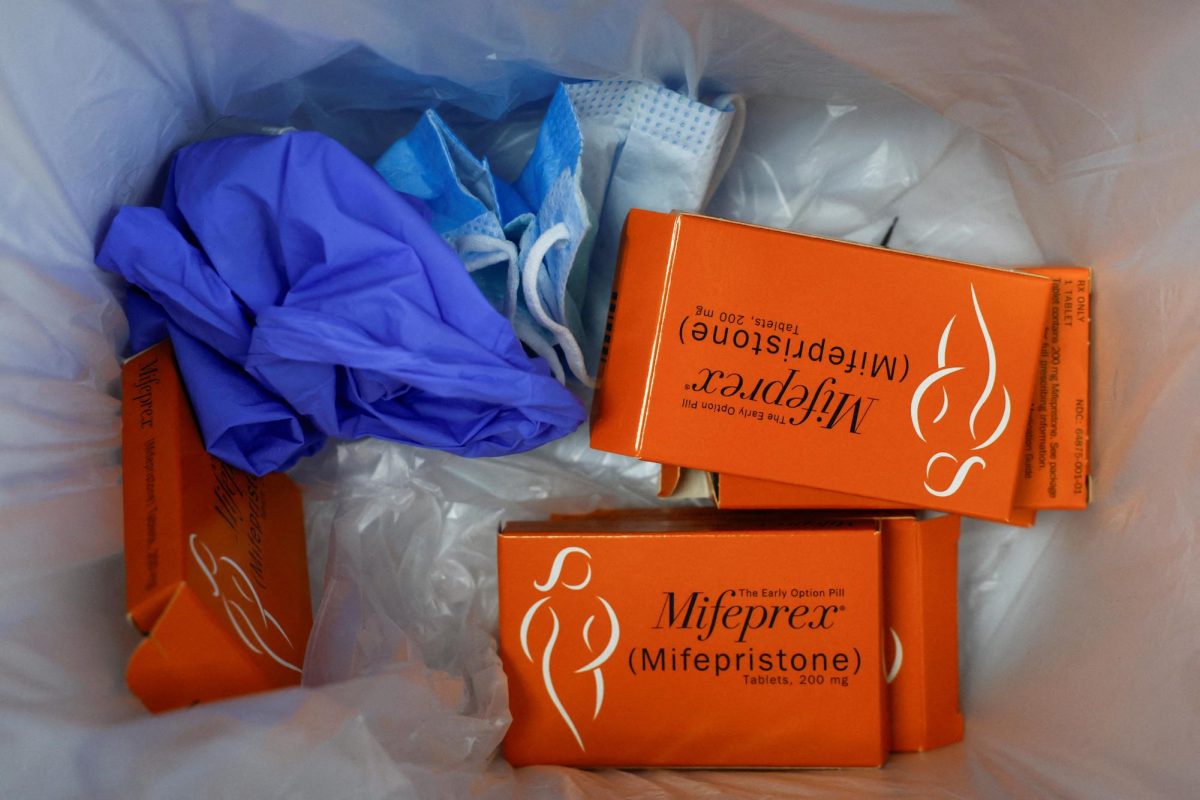








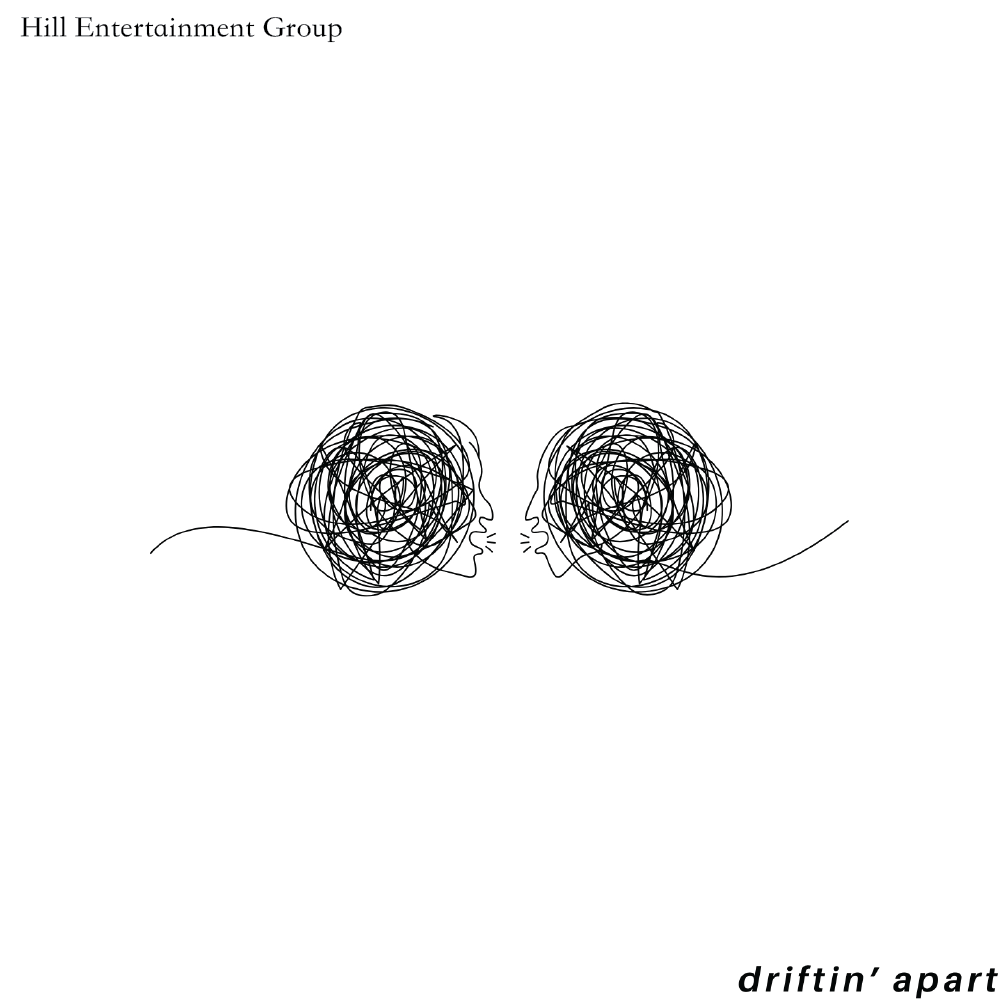




















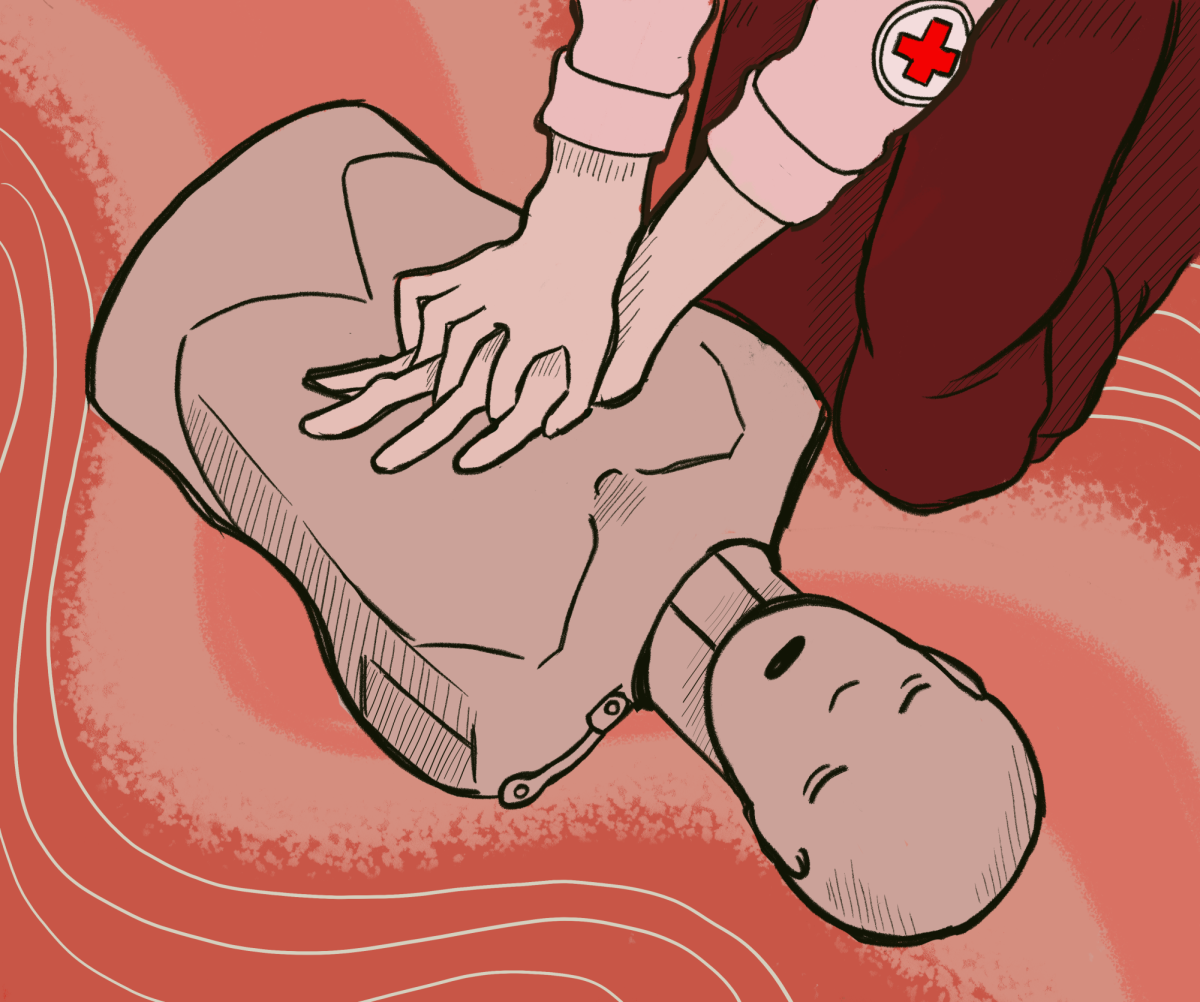












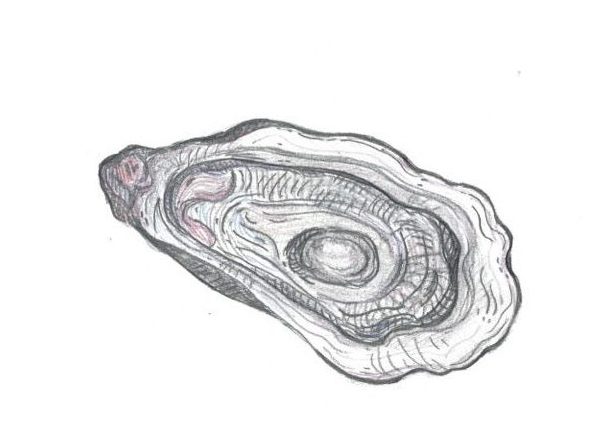
Quinn Clotman | Dec 13, 2024 at 8:38 am
Really interesting studies, Leah!!
Jason | Nov 22, 2024 at 12:28 pm
Great article! Oysters are so delicious yet so necessary for the planet. How to decide???!